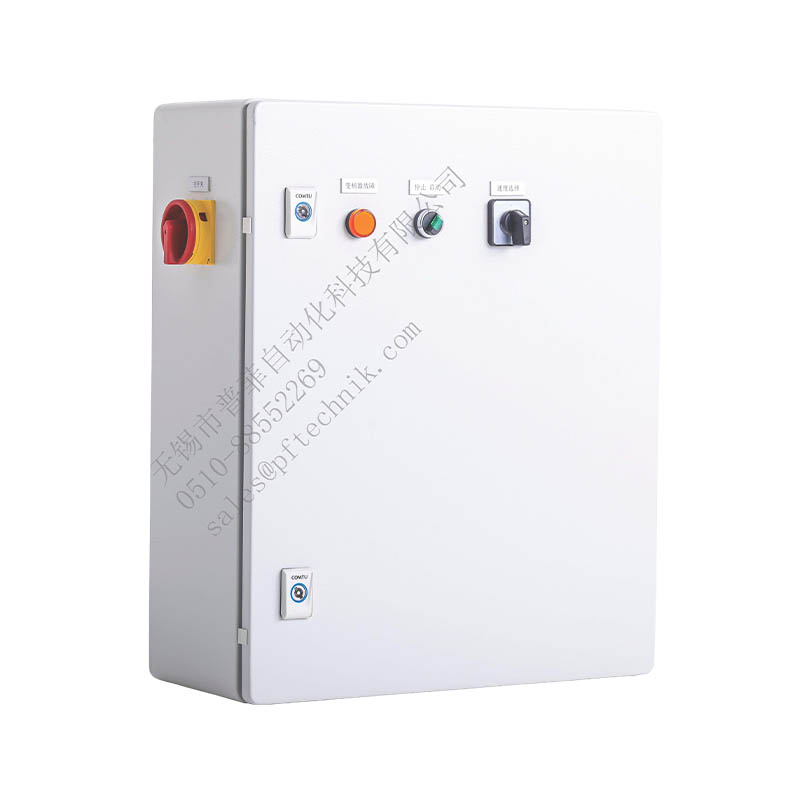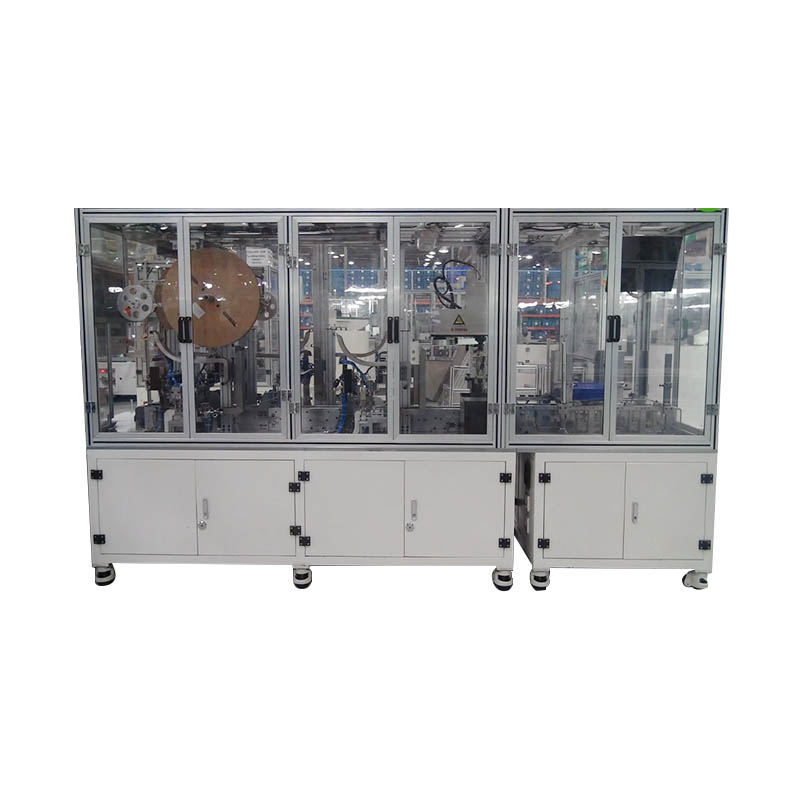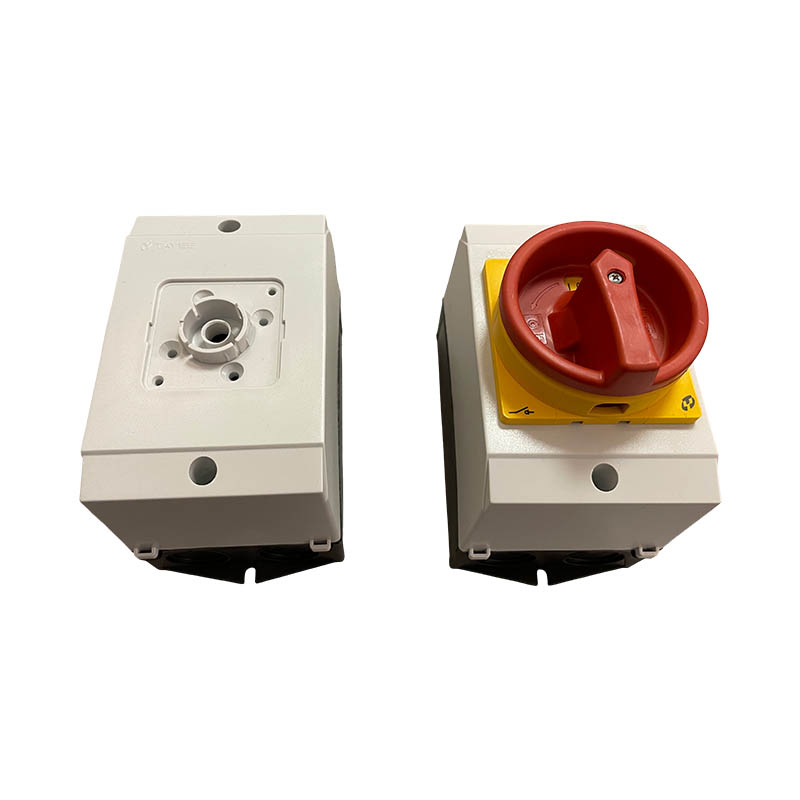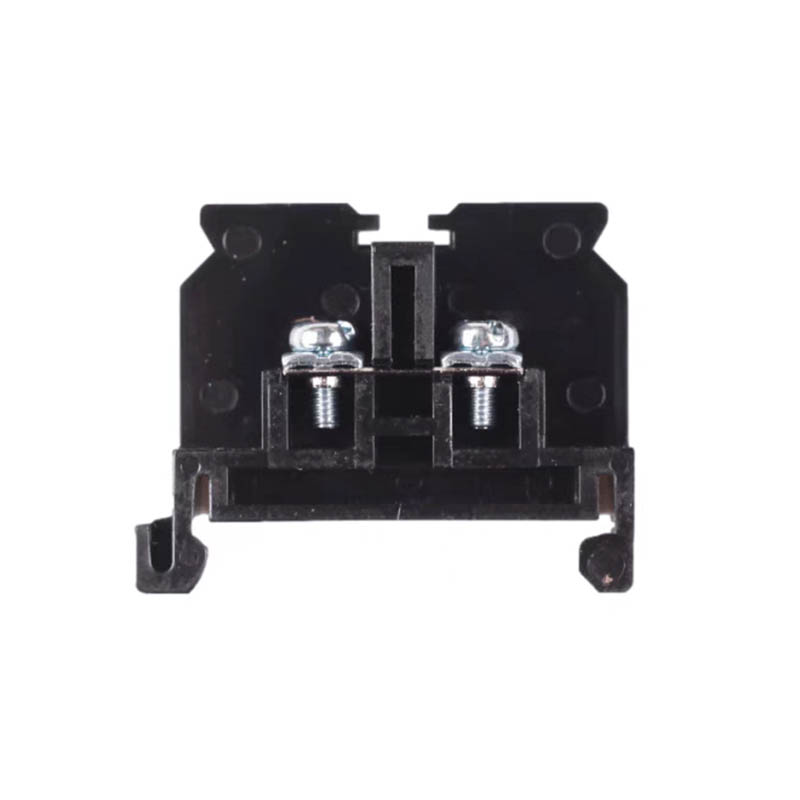Is the warning light button clearly visible?
Release Time : 2025-10-13
In industrial production, equipment control, and automation systems, clear and reliable human-machine interaction is directly related to operational efficiency and safety. As the most intuitive signaling device in low-voltage electrical control boxes, the warning light button's core function is not only to control circuits on and off, but also to promptly communicate equipment status through visual signals, alerting operators to abnormalities or critical operations. Among many performance indicators, the brightness and visibility of warning lights are crucial factors in determining their effectiveness in fulfilling their warning functions. This not only affects the accuracy of information transmission but also directly impacts on-site safety and responsiveness.
A truly effective warning light must stand out in diverse and complex industrial environments, instantly attracting the operator's attention. Ambient lighting conditions vary widely, from brightly lit workshops to dimly lit underground pumping stations to control rooms filled with reflective equipment. Inadequate light levels can drown out signals from surrounding light sources, preventing operators from promptly detecting equipment failures, overload alarms, or standby states, delaying action and even leading to safety incidents. High-brightness warning lights, however, penetrate environmental noise, creating sharp visual contrast with vibrant colors, ensuring clear identification regardless of day or night, and in bright or dark conditions. This instantly visible quality is essential for rapid response, especially during critical moments like emergency shutdowns and fault alarms, where even a second's delay can have serious consequences.
High-quality warning lights utilize high-brightness LEDs, optimized with optical lenses or diffusers, to ensure uniform light distribution without dark spots or glare, preventing blinding spots or dim edges that make them difficult to read. Standard warning colors—red, yellow, and green—are precisely calibrated to comply with international signal recognition standards, ensuring distinct meanings for each color: red indicates stop or danger, yellow indicates warning or standby, and green indicates normal operation. This pure and consistent color allows operators to quickly determine equipment status from a distance without requiring close proximity or careful identification, improving operational efficiency.
Brightness stability is equally important during long-term operation. Low-quality light sources may experience lumen degradation over time, gradually decreasing in brightness and ultimately blurring the signal. High-quality warning light buttons, however, utilize heat-resistant and age-resistant LED chips and heat dissipation designs to ensure constant brightness even when powered continuously or in high-temperature environments, without flickering or intermittent dimming, ensuring long-term stable operation. Even after months of continuous operation, the warning signal remains as clear as ever, without diminishing effectiveness due to aging.
In addition, high visibility must be tailored to the mounting location and viewing angle. Warning light buttons are typically installed in a prominent position on the control panel. Their luminous surface is designed for wide viewing angles, ensuring consistent brightness when viewed from different angles. Whether viewed directly from the front or from the side, the light maintains sufficient visibility, preventing missed signals due to viewing angle deviations. Some products also feature a ring-shaped light or a raised top design to enhance the three-dimensional effect and recognition, making them stand out among densely packed buttons.
From a safety design perspective, high-brightness warning lights are not only a tool for conveying information but also the first line of defense for risk prevention and control. It uses silent light signals to continuously monitor equipment status, visualizing potential problems and helping operators prevent them before they occur. In increasingly automated modern factories, many faults cannot be directly detected through sound or vibration, making visual alerts the most direct form of feedback. A bright, clearly visible warning light serves as a barometer of equipment health, ensuring that hidden dangers are never hidden.
In summary, the brightness and visibility of a warning light button is more than a simple matter of "on or off." It is a comprehensive reflection of industrial safety, operational efficiency, and system reliability. It requires a perfect combination of light source technology, optical design, material selection, and ergonomics. Choosing a warning light button with sufficient, stable, and uniform brightness that complies with regulations is like equipping your industrial control system with a pair of tireless "eyes," ensuring every warning is clear and powerful, and ensuring every level of safety is visible.
A truly effective warning light must stand out in diverse and complex industrial environments, instantly attracting the operator's attention. Ambient lighting conditions vary widely, from brightly lit workshops to dimly lit underground pumping stations to control rooms filled with reflective equipment. Inadequate light levels can drown out signals from surrounding light sources, preventing operators from promptly detecting equipment failures, overload alarms, or standby states, delaying action and even leading to safety incidents. High-brightness warning lights, however, penetrate environmental noise, creating sharp visual contrast with vibrant colors, ensuring clear identification regardless of day or night, and in bright or dark conditions. This instantly visible quality is essential for rapid response, especially during critical moments like emergency shutdowns and fault alarms, where even a second's delay can have serious consequences.
High-quality warning lights utilize high-brightness LEDs, optimized with optical lenses or diffusers, to ensure uniform light distribution without dark spots or glare, preventing blinding spots or dim edges that make them difficult to read. Standard warning colors—red, yellow, and green—are precisely calibrated to comply with international signal recognition standards, ensuring distinct meanings for each color: red indicates stop or danger, yellow indicates warning or standby, and green indicates normal operation. This pure and consistent color allows operators to quickly determine equipment status from a distance without requiring close proximity or careful identification, improving operational efficiency.
Brightness stability is equally important during long-term operation. Low-quality light sources may experience lumen degradation over time, gradually decreasing in brightness and ultimately blurring the signal. High-quality warning light buttons, however, utilize heat-resistant and age-resistant LED chips and heat dissipation designs to ensure constant brightness even when powered continuously or in high-temperature environments, without flickering or intermittent dimming, ensuring long-term stable operation. Even after months of continuous operation, the warning signal remains as clear as ever, without diminishing effectiveness due to aging.
In addition, high visibility must be tailored to the mounting location and viewing angle. Warning light buttons are typically installed in a prominent position on the control panel. Their luminous surface is designed for wide viewing angles, ensuring consistent brightness when viewed from different angles. Whether viewed directly from the front or from the side, the light maintains sufficient visibility, preventing missed signals due to viewing angle deviations. Some products also feature a ring-shaped light or a raised top design to enhance the three-dimensional effect and recognition, making them stand out among densely packed buttons.
From a safety design perspective, high-brightness warning lights are not only a tool for conveying information but also the first line of defense for risk prevention and control. It uses silent light signals to continuously monitor equipment status, visualizing potential problems and helping operators prevent them before they occur. In increasingly automated modern factories, many faults cannot be directly detected through sound or vibration, making visual alerts the most direct form of feedback. A bright, clearly visible warning light serves as a barometer of equipment health, ensuring that hidden dangers are never hidden.
In summary, the brightness and visibility of a warning light button is more than a simple matter of "on or off." It is a comprehensive reflection of industrial safety, operational efficiency, and system reliability. It requires a perfect combination of light source technology, optical design, material selection, and ergonomics. Choosing a warning light button with sufficient, stable, and uniform brightness that complies with regulations is like equipping your industrial control system with a pair of tireless "eyes," ensuring every warning is clear and powerful, and ensuring every level of safety is visible.







